Philippine seismologists said they recorded at least one volcanic earthquake in the past 24 hours and red-hot rocks falling from Mount Mayon in the central province of Albay.
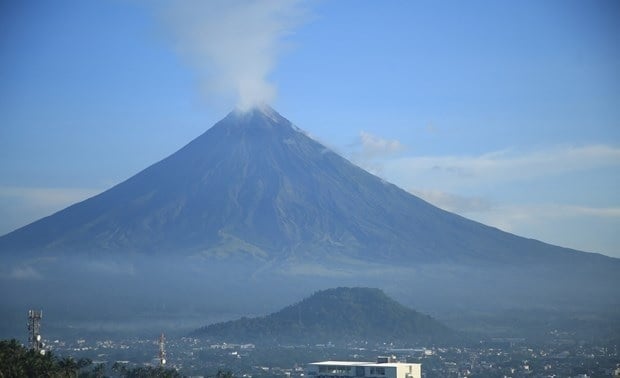
Mayon volcano is spewing ash and large rocks. Photo: AFP
Philippine officials said more than 12,800 people had been moved to evacuation centers, mostly from farming villages at or near the volcano's foot.
“There is a concomitant health risk from being near the eruption due to inhalation of sulfur dioxide gas or particulate matter from the ash,” Philippine Health Secretary Teodoro Herbosa said in a press conference on Sunday.
Mount Mayon, about 330 km from the capital Manila, is considered one of the most unstable of the country's 24 active volcanoes.
The Philippine Institute of Volcanology and Seismology said the rocks were disintegrated from the crater and pushed out of the crater by molten material underground.
Volcanologists in the Philippines said rocks were falling as far as 2 kilometers away and sulfur dioxide emissions had tripled on Saturday.
A five-level alert system for the volcano was raised from level 2 to 3 earlier Thursday, with authorities warning of possible respiratory illnesses from inhaling smoke.
“With Albay under a state of calamity due to Mayon’s activity, we remind everyone to follow the evacuation recommendations and instructions of local authorities,” Philippine President Ferdinand Marcos said on Saturday.
Earthquakes and volcanic activity are common in the Philippines because the country lies on the Pacific Ring of Fire, where tectonic plates collide.
The country's most powerful eruption in recent decades was Mount Pinatubo in 1991, which killed more than 800 people. That disaster created an ash cloud that traveled thousands of miles.
Huy Hoang (according to AFP)
Source



![[Photo] Ministry of Defense sees off relief forces to the airport to Myanmar for mission](https://vstatic.vietnam.vn/vietnam/resource/IMAGE/2025/3/30/245629fab9d644fd909ecd67f1749123)
![[Photo] Prime Minister Pham Minh Chinh chairs meeting to remove difficulties for projects](https://vstatic.vietnam.vn/vietnam/resource/IMAGE/2025/3/30/7d354a396d4e4699adc2ccc0d44fbd4f)


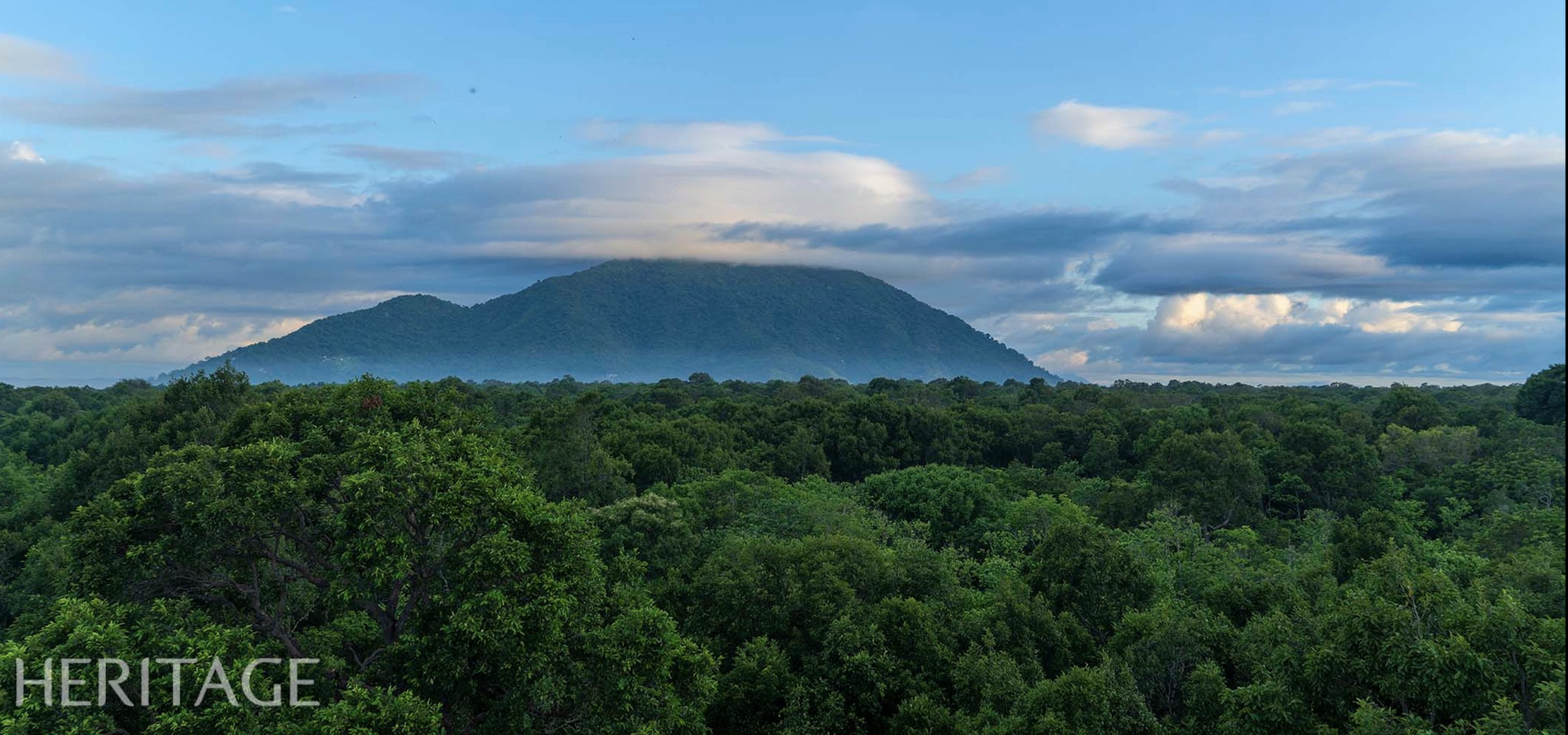










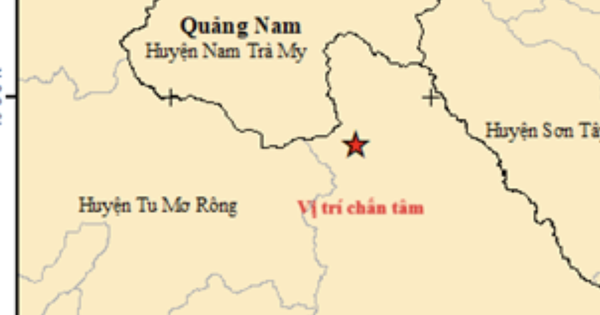


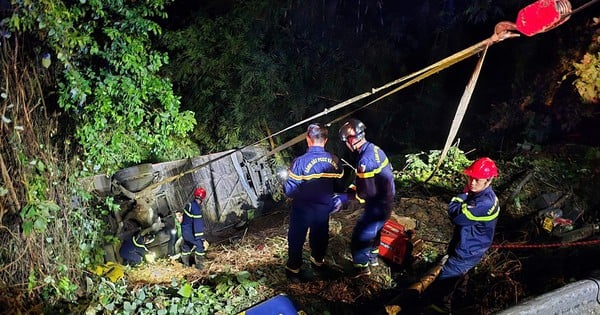














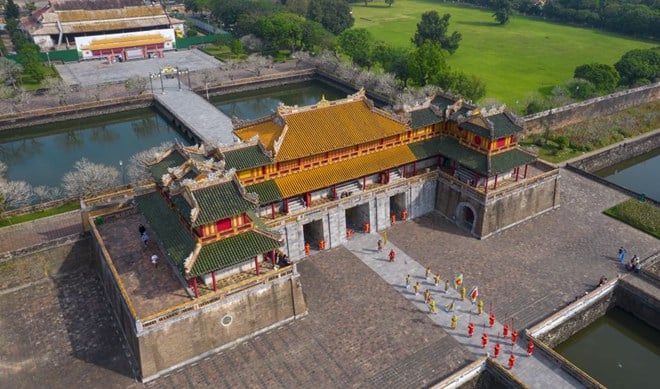





















































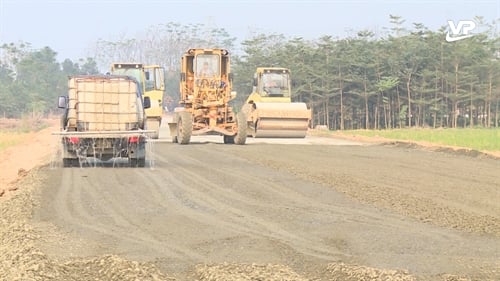


![[REVIEW OCOP] An Lanh Huong Vet Yen Cat](https://vstatic.vietnam.vn/vietnam/resource/IMAGE/2025/3/27/c25032328e9a47be9991d5be7c0cad8c)







Comment (0)